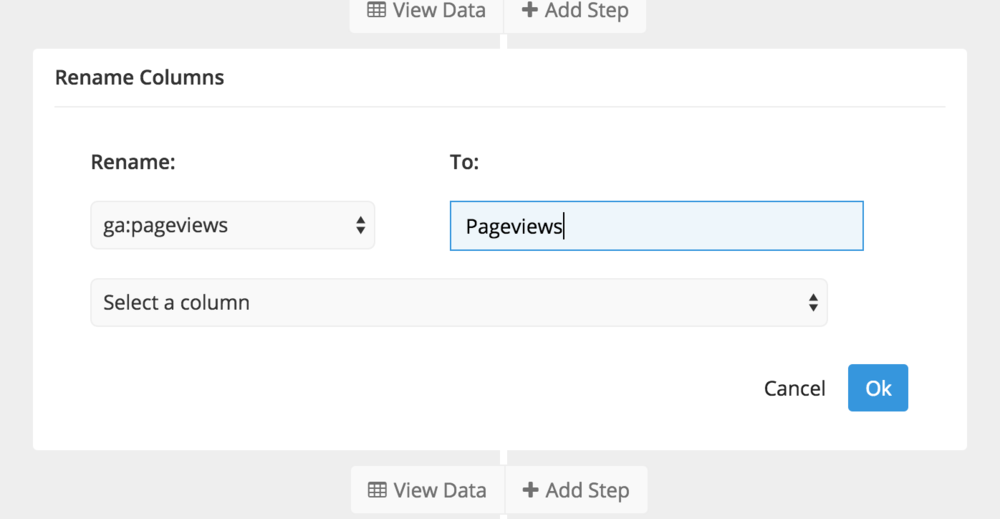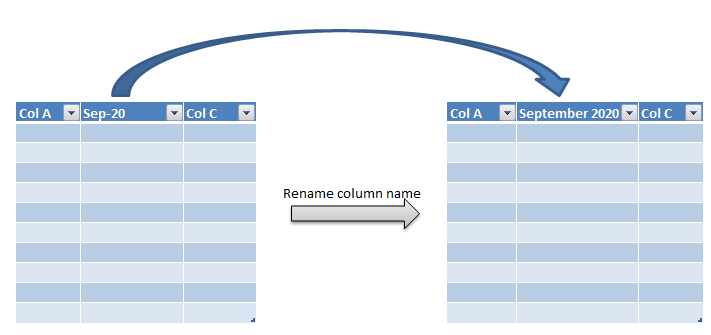

This is an especially important tip for folks transitioning from academia to industry.
RENAME COLUMN IN R SOFTWARE
Rename (my_shiny_new_field = names(.)) Why This MattersĪ good tip from traditional software development is that you easily spend as much time reading your code as writing it, particularly when you are working as part of a larger team. We suggest turning the column names into a vector and using the index to select the right name from that vector to rename a column in r. with the more recent releases, you need to use a different approach to get the dplyr rename column by index function to work. You were previously able to directly use column index references in this package. They changed it a couple of releases ago the current syntax is # rename column in r dplyr If you’re working with the dplyr package to manipulate your data, there is a rename function. There’s almost always more than one way to get things done in R. Remapping fields based on name is a much safer way to proceed, of course, if you have time. That being said, this can be an excellent quick and dirty solution for throwaway data hygiene scripts if you’re in a hurry. There is a substantial burden from using a brittle system like column position. Names(ChickWeight) <- "Days"Īs you can see from the screenshot below, this worked:Īgain, we need to stress the danger of using this approach if you expect to change your data frame design in the future. Especially when adding new data frame columns and new column names, it is important to keep track of every single column value and character vector properly, or it will be impossible to keep all of the variable names straight in your string or matrix. We can start by changing it to “days” if we were running a complicated experiment, additional description is good- that’s where using R to rename your columns comes in handy. So, we are going to change that column name to make it more explicit.

Then we would have a good start on a mess. Who knows, we might even merge it with other data frame that also has a Time column. The “Time” column name is vague – there are multiple units of time. You can easily load the dataset into R by typing data(ChickWeight) into the R interpreter. As you may remember, the ChickWeight data set includes four existing table columns: We want to make it easier to understand by changing column names in R, and getting rid of anu null value issue or missing values in a column header.
RENAME COLUMN IN R HOW TO
For our first example of how to change column names in r, we’re going to use the the ChickWeight data frame and replace values within an existing dataframe column. Let’s take a look at how to change dataframe column names in R. The same goes for your data type: you will likely want to rename columns in your data frame to make it easier to understand and maintain each query and parameter over time, so that the field names in your dataframe can be understood and used in a regular expression, without confusion. How often have you had to dust off your work six months later? Explain your ideas to a new hire? Debug the system at 3AM? Clean crisp code is your friend in these moments. I came to R from the Python language, which makes readability a key priority for developers. You should consider clear and specific column names as part of your official project documentation.

Learning how to change column name in R is an essential skill. Fortunately, there are multiple ways to get this done. At some point you will need to rename a column in r without having to create a new column. Establishing crisp, clear column names is essential to keeping a large statistics project organized, especially if you are using a dataframe with multiple column or row names.


 0 kommentar(er)
0 kommentar(er)
